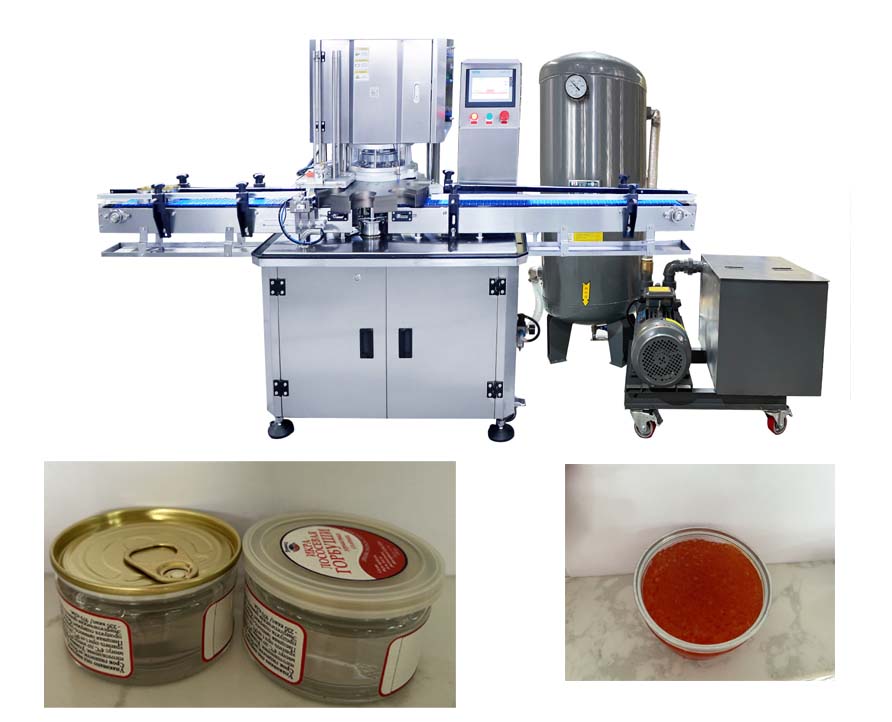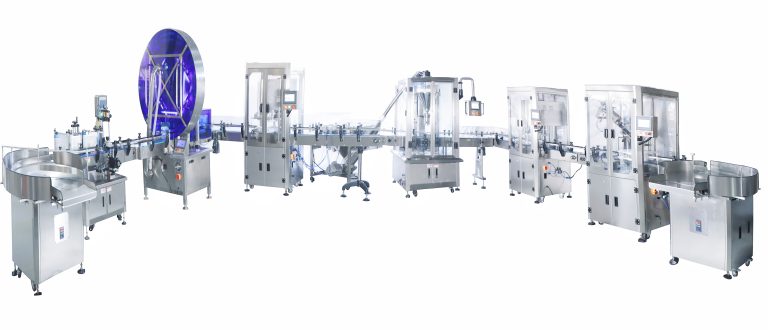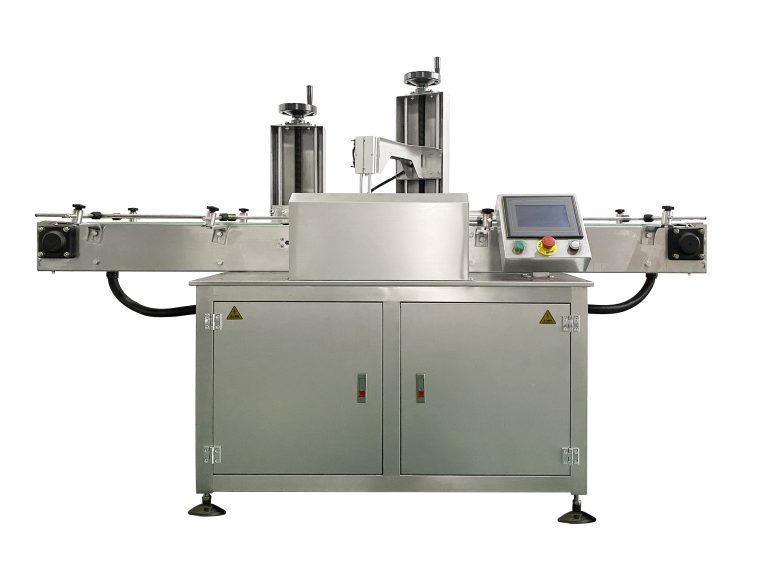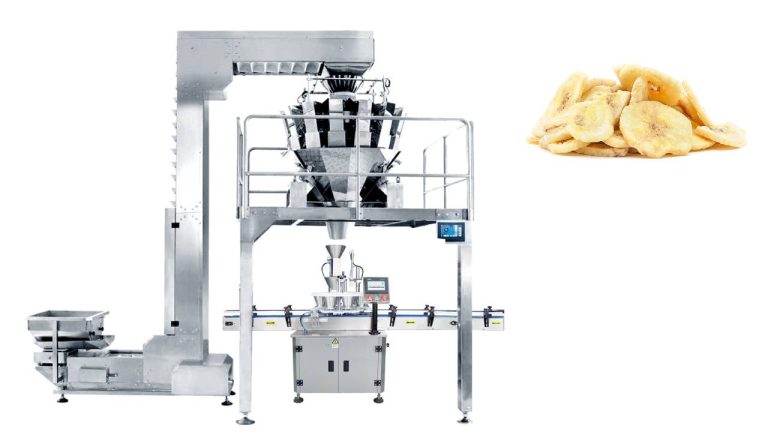The History and Process of Caviar Production
Caviar is a delicacy that has been enjoyed by people around the world for centuries. This luxurious food item is made from the roe, or eggs, of sturgeon fish. Sturgeon are large, prehistoric-looking fish that can be found in the Caspian and Black Seas, as well as in rivers and lakes in North America. The most prized caviar comes from the Beluga, Osetra, and Sevruga species of sturgeon.
The process of producing caviar is a delicate and time-consuming one. It begins with the harvesting of the sturgeon fish, which are caught using nets or spears. Once the fish are caught, their roe is carefully removed and cleaned. The roe is then salted to preserve it and enhance its flavor. The amount of salt used can vary depending on the type of caviar being produced and the preferences of the manufacturer.

After the roe has been salted, it is placed in a special machine called a seaming machine. This machine is used to separate the individual eggs from each other and remove any impurities. The caviar is then packed into tins or jars and sealed to ensure freshness. Some manufacturers also add a small amount of preservative to the caviar to extend its shelf life.
The caviar is then aged for several months to allow the flavors to develop and mature. During this time, the caviar is stored in a cool, dark place to prevent spoilage. Once the aging process is complete, the caviar is ready to be enjoyed.
Caviar is typically served as a garnish or appetizer, often accompanied by toast points, blinis, or crackers. It can also be used to enhance the flavor of other dishes, such as pasta, risotto, or scrambled eggs. Caviar is best enjoyed chilled, straight from the tin or jar.
In recent years, there has been a growing demand for sustainable caviar production. Sturgeon populations have been declining due to overfishing and habitat destruction, leading to concerns about the long-term viability of the caviar industry. To address these issues, some caviar producers have begun implementing sustainable farming practices, such as raising sturgeon in captivity and releasing them back into the wild.
Overall, caviar production is a complex and labor-intensive process that requires skill and expertise. From the harvesting of the sturgeon fish to the aging of the caviar, each step must be carefully executed to ensure a high-quality end product. Whether enjoyed on its own or as part of a larger dish, caviar is a luxurious and decadent food item that continues to captivate the taste buds of food enthusiasts around the world.




